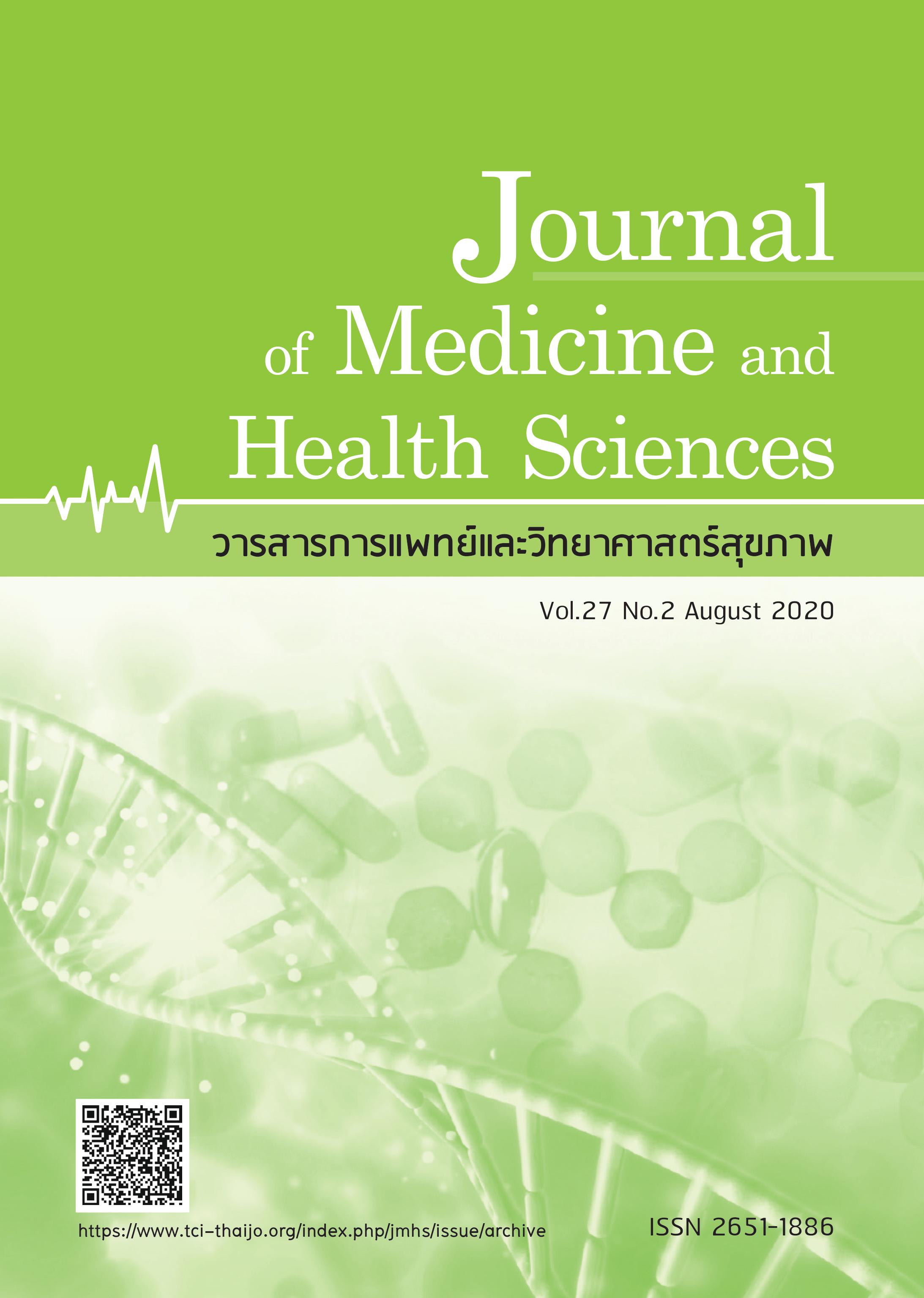A comparative study of the efficacy of topical 10% curcuma aeruginosa solution and topical 5% minoxidil solution on the treatment of male androgenetic alopecia
Keywords:
androgenetic alopecia, curcuma aeruginosa, minoxidilAbstract
Topical minoxidil is a standard treatment for androgenetic alopecia. But the limiting factors are its side effects, such as contact dermatitis, hypertrichosis, etc. Topical 10% Curcuma aeruginosa is a botanically derived inhibitor of 5α-reductase that can stimulate hair growth. To compare the efficacy of topical 10% Curcuma aeruginosa solution versus topical 5% minoxidil solution, we enrolled 24 men ages 18-60 with Hamilton–Norwood types II–IV androgenetic alopecia. Subjects were randomly allocated to receive either topical 10% Curcuma aeruginosa solution or topical 5% minoxidil solution apply vertex twice daily for 12 weeks. Participants were followed up every 4 weeks. Efficacy was evaluated by target area hair count, hair diameter, ratio of vellus hair and terminal hair, global photographic review scores and patients’ subjective
assessments of hair regrowth. Twenty-one subjects were able to complete the study with average age 38.62 ± 10.14 years. At 12 week, Mean of ratio of vellus hair and terminal hair in topical 10% Curcuma aeruginosa solution group were significantly decrease from baseline when compared with topical 5% minoxidil solution group. (p=0.026). But mean of target area hair count and hair diameter, global photographic review scores and patients’ subjective assessments of hair regrowth were not signficantly different. There were no serious adverse events during the study. Therefore topical 10% Curcuma aeruginosa solution is effective and safe for increasing
hair growth. It can be used as alternative treatment for male androgenetic alopecia.
References
2. Poonkiat Suchonwanit. Common hair disease. In: Vasanop Vachiramon, Poonkiat Suchonwanit, editors. 10+ Skin disease must know. 1st ed. Bangkok: Parbpim Companies, ltd; 2016. p. 228-39.
3. Otberg N and Shapiro J. Hair growth disorders. In: Lowell A. Goldsmith, Stephen I. Katz, Barbara A. Gilchrest, editors. Fitzpatrick’s Dermatology in General Medicine. 8th ed. New York: The McGraw-Hill Companies, Inc.; 2012. p. 979-1008.
4. Uno H. The stump-tailed macaque as a model for baldness: Effects of minoxidil. Int J Cosmet. Sci 1986;8:63-71.
5. Baden H. P., Kubilus J. Effect of Minoxidilon cultured keratinocytes. J Invest Dermatol 1983;81:558-60.
6. Galbraith G. M., Thiers B. H.. In vitro suppression of human lymphocyte activity by minoxidil. Int J Dermatol 1985;24:249-51.
7. Lachgar S., Charveron M., Gall Y., et al. Minoxidil upregulates the expression of vascular endothelial growth factor in human hair dermal papilla cells. Br J Dermatol 1985;138:407-11.
8. Cohen R. L., Alves M., Weiss V., et al. Direct effects of minoxidil on epidermal cells in culture. J Invest Dermatol 1984;82:90-3.
9. Rogers E. N. and Avram R. M. Medical treatments for male and female pattern hair loss. J Am Acad Dermatol 2008;59:547-66.
10. Purnak T., Senel E., Sahin C. Liquid formulation of minoxidil versus its foam formulation. Indian J Dermatol 2011;56(4):462.
11. Peluso A. M., Misciali C., Vincenzi C., et al. Diffuse hypertrichosis during treatment with 5% topical minoxidil. Br J Dermatol 1997;136:118-20.
12. Ganniga Pumthong, Pravit Asawanonda, Supenya Varothai, et al. Curcuma aeruginosa, a novel botanically derived 5α-reductase inhibitor in the treatment of male-pattern baldness: a multicenter, randomized, double blind, placebocontrolled study. J Dermatolog Treat 2012;23(5):385-92.
13. Olsen, E. A., Dunlap, F. E., Funicella, T,et al. A randomized clinical trial of 5% topical minoxidil versus 2% minoxidil and placebo in the treatment of androgenetic alopecia in men. J Am Acad Dermatol 2002;47:377-85.



